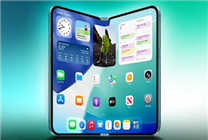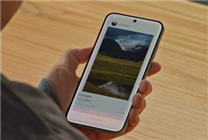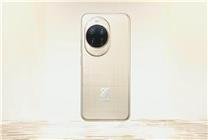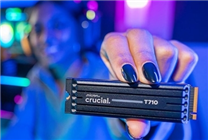Apple’s Upcoming Foldable iPhone: What to Expect
Apple enthusiasts are buzzing with excitement over the anticipated release of the company’s first foldable iPhone next year. According to prominent analyst Ming-Chi Kuo, there are critical updates regarding the device’s features and technology.
No Under-Screen Fingerprint Recognition
In a recent report, Kuo stated that the foldable iPhone will not incorporate under-screen fingerprint recognition technology. Earlier this year, Kuo had suggested that the device would instead utilize Touch ID embedded within the side buttons, a decision aimed at enhancing user security and convenience. Luxshare is expected to supply the necessary Touch ID modules, lending credence to this prediction.
A Major Milestone in iPhone Design
The introduction of the foldable iPhone marks a significant evolution in Apple’s smartphone lineup. This launch is touted to be the most groundbreaking design shift since Steve Jobs unveiled the original iPhone in 2007. Given the technological advancements Apple continually strives for, the foldable iPhone is likely to set new industry standards.
Design and Technical Specifications
Reports by industry experts indicate that this innovative device will be marketed as the iPhone Ultra. Featuring a flip-style design reminiscent of the Galaxy Z Fold series, it will include a dual-screen configuration.
-
Inner Screen:
- Size: 7.76 inches
- Resolution: 2713 x 1920
- Design: Hole-free, equipped with an under-screen front camera
- External Screen:
- Size: 5.49 inches
- Resolution: 2088 x 1422
- Design: Includes a hole-punching screen solution
This dual-screen structure not only enhances the device’s visual appeal but also offers greater versatility for multitasking.
Advanced Technology
In terms of processing power, the foldable iPhone will leverage Apple’s second-generation C2 baseband chip. This modern chip will fully adopt an eSIM design, contributing to a more streamlined and efficient user experience. This shift not only aligns with Apple’s vision of a more digital and environmentally friendly future but also caters to the evolving demands of smartphone users.
The Future of Folding Smartphones
As the smartphone market continues to evolve, the advent of foldable technology poises Apple to reclaim leadership in innovation. By opting for a design that combines aesthetics with functionality, Apple aims to redefine user interaction with their devices.
Conclusion
With all these exciting features on the horizon, the foldable iPhone Ultra is setting the stage for a new era of smartphones. Apple’s decision to forgo under-screen fingerprint recognition while emphasizing Touch ID technology illustrates their commitment to user security and ergonomic design. As the launch date approaches, consumers and tech enthusiasts alike are eager to see how this device changes the landscape of mobile technology.
In summary, Apple’s foldable iPhone is not just another product but a testament to the company’s relentless drive for innovation, promising to deliver a compelling combination of style, technology, and user experience. Keep an eye out for updates as the release date draws nearer!







